Designing & Inspiration
Designing A Sustainable House in 2024
Sustainable home design is not a new concept to many homeowners and builders. The premise has been around for years. But what is a sustainable home design? And, more importantly, what does designing a sustainable house in 2024 look like?
In this article, G.J. Gardner Homes delve into the top sustainable home design trends we expect to see on the rise this year.
Energy-Efficient Technology & Smart Home Systems
Integrating smart technology into your home design has become commonplace for many Australian homeowners and builders. The importance of choosing more environmentally friendly solutions is well-known and the reduction in utility costs is a key factor in implementing this in new and existing residences.
However, in 2024 with the rise of artificial intelligence (AI), we can expect smart home technology to do much more to optimise homes sustainably. Now, smart technology can utilise machine learning and AI can learn household habits and routines to conserve energy for the home.
For example, the AI can understand your work routine to turn off fans and heaters or air conditioners whilst you are away from home. As well as turn on the air controls before you return. So, you can walk into an airconditioned home, or heated home based on your climate and personal preferences.
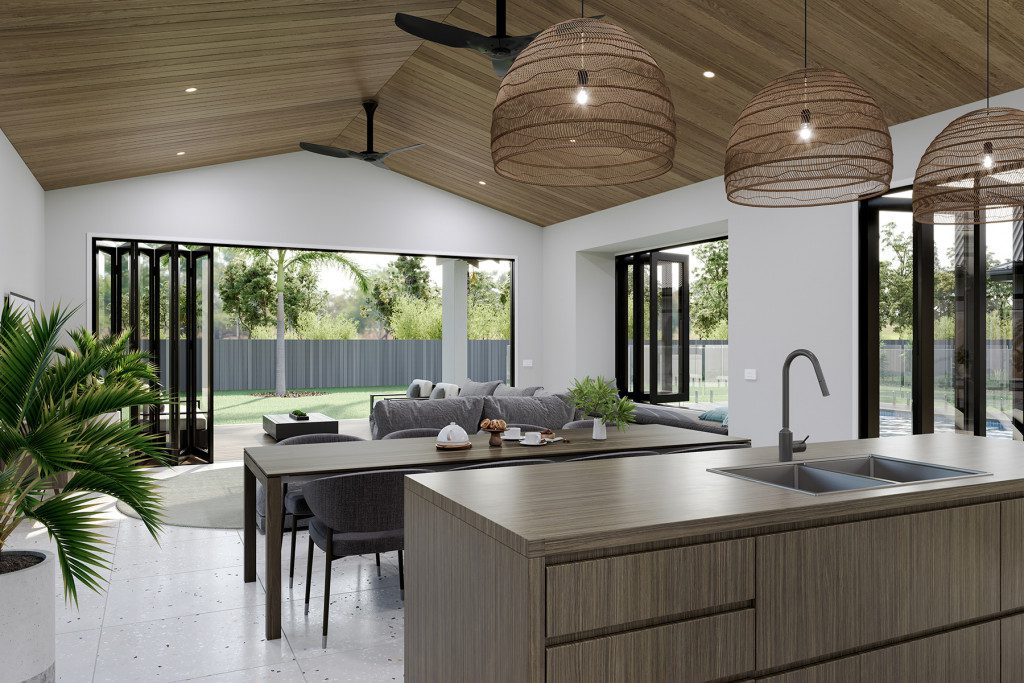
Passive House Design & Green Building
Passive house design, or green building, refers to a home that has been built in an environmentally responsible way for optimal resource efficiency over its lifecycle. This is a key sustainable design trend found in Australian homes today as builders consider all aspects of the construction to ensure its as energy-efficient as possible. Including the home orientation, natural ventilation systems, strategic high-performance window placement, insulated walls, and more.
By using passive design principles, homeowners can limit the need for artificial cooling or heating systems. This can simultaneously limit the household’s environmental impact and reduce utility costs in the long term.
A popular passive design method is to optimise the use of natural lighting to reduce energy usage. This involves integrating skylights, voids, windows and doors to let in more natural light and limit the need for artificial lighting throughout the day.
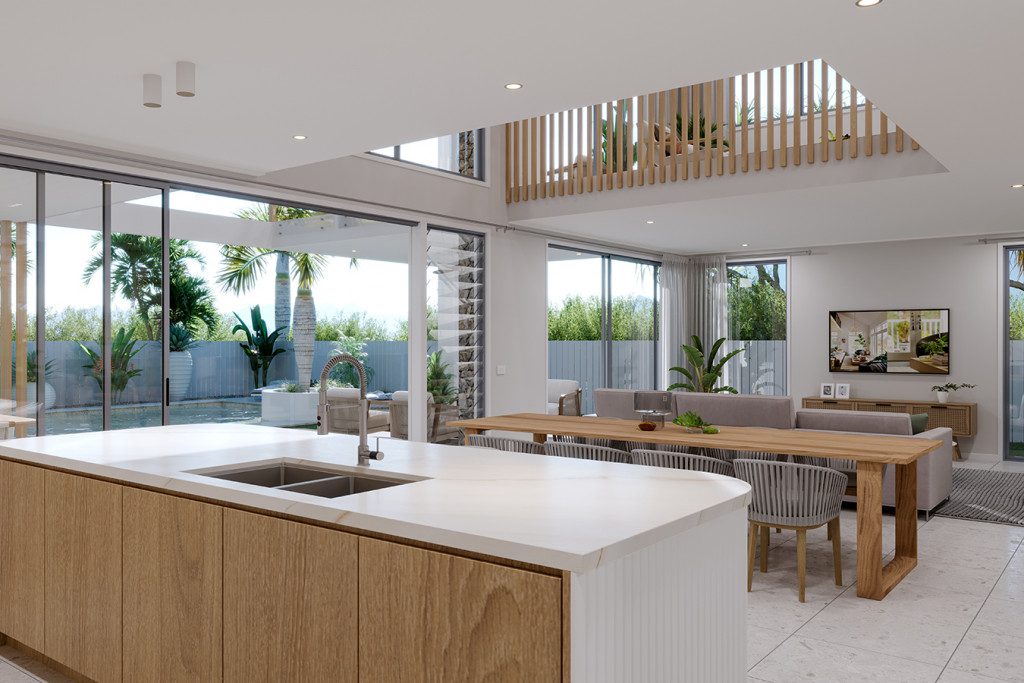
Water Efficiency & Conservation
Another sustainable home-building trend seeing a surge in popularity is water conservation systems in residences. This includes implementing water-saving technologies in the home such as rainwater harvesting systems, greywater recycling and irrigation methods. These systems can efficiently recycle water from showers, sinks and the laundry to limit a household’s water usage.
On top of this, many households are adopting more sustainable appliances such as low-flush toilets, efficient dishwashers and laundry machines to reduce consumption and promote sustainable water management.
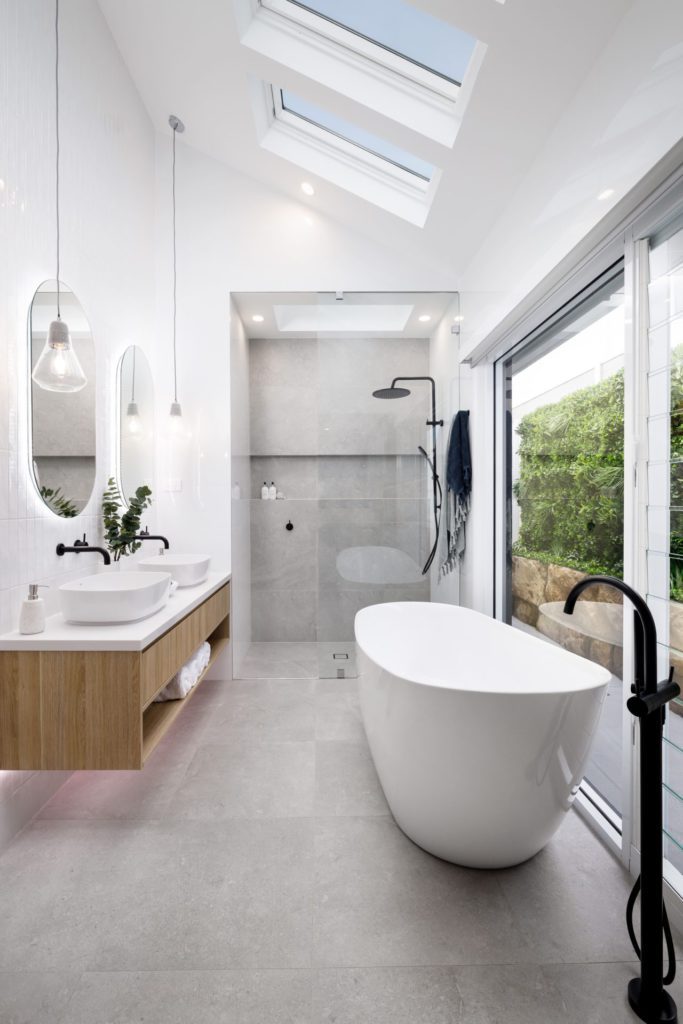
Biophilic Design Elements
The biophilic design philosophy is all about incorporating natural elements into a home’s construction. This includes using local flora and fauna to boost the area’s biodiversity through techniques such as green roofing, indoor gardens and natural ventilation. By considering the aspects of biophilic design in the planning phase of a home build, the design is sustainable and eco-friendly from its construction.
Green roofing is a relatively new concept but is gaining popularity worldwide for sustainable home designs. This eco-friendly system refers to growing vegetation such as plants, grass or small trees on the roof of the building. To do this, a layer of soil or growing medium is laid on the roof to support the growth of plants. Whilst, we have not seen this sustainability trend implemented in many new builds across Australia, we predict this could be an untouched trend that gains traction in the next year and beyond.
Other ways homeowners can add to the overall sustainability of their home is to include initiatives such as vegetable gardens, herb gardens or micro herb gardens to produce organic fruits and vegetables for the household.
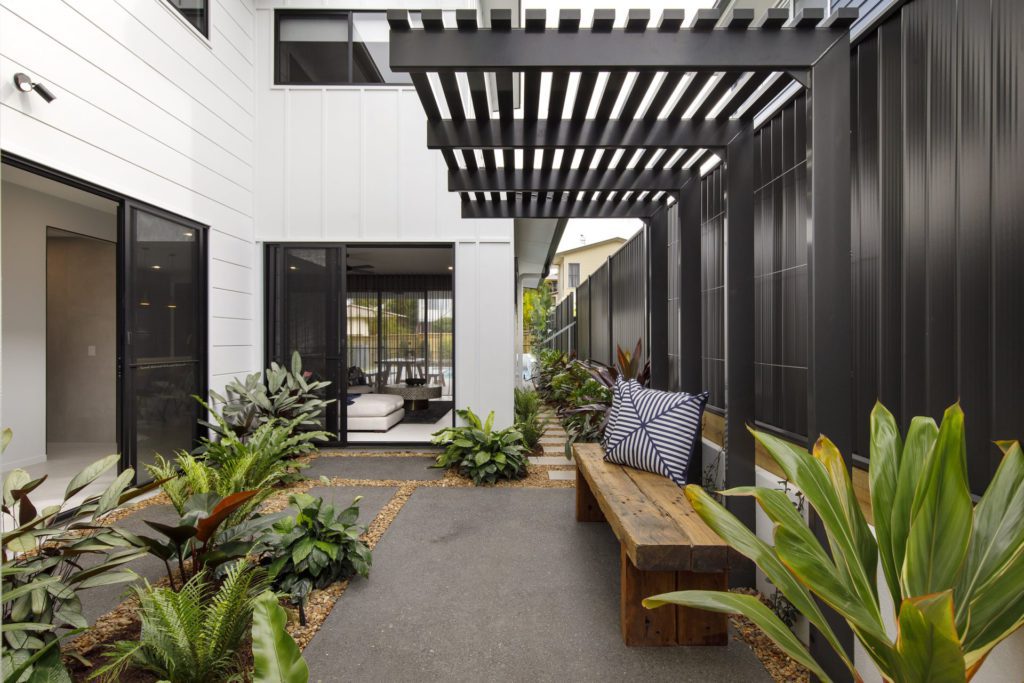
Air Efficiency with Air Source Pumps
Another sustainable home design trend involves optimising heating and cooling efficiencies to be more environmentally friendly. Air source heat pumps are a great way to achieve this as they absorb heat from the outdoor air and transfer this into the home to warm, whilst the reverse is used to cool the home’s interior. They are widely used for their low maintenance and ability to reduce a household’s carbon footprint along with utility costs.
Advanced & Sustainable Building Materials
With technology constantly evolving building materials toward more sustainable alternatives, in 2024 new material options are becoming available to home builders to better the environmental footprint of homes whilst also ensuring the durability and longevity of the residence. Some of these advanced solutions include self-healing concrete, biobricks and thermal insulating paints which all aim to reduce energy consumption and extend the lifecycle of the build.
Another popular option for creating more sustainable homes is to utilise sustainable and natural bio-based materials throughout the building process. This includes recycled metal, reclaimed wood, engineered wood, bamboo, cork and natural fibres.
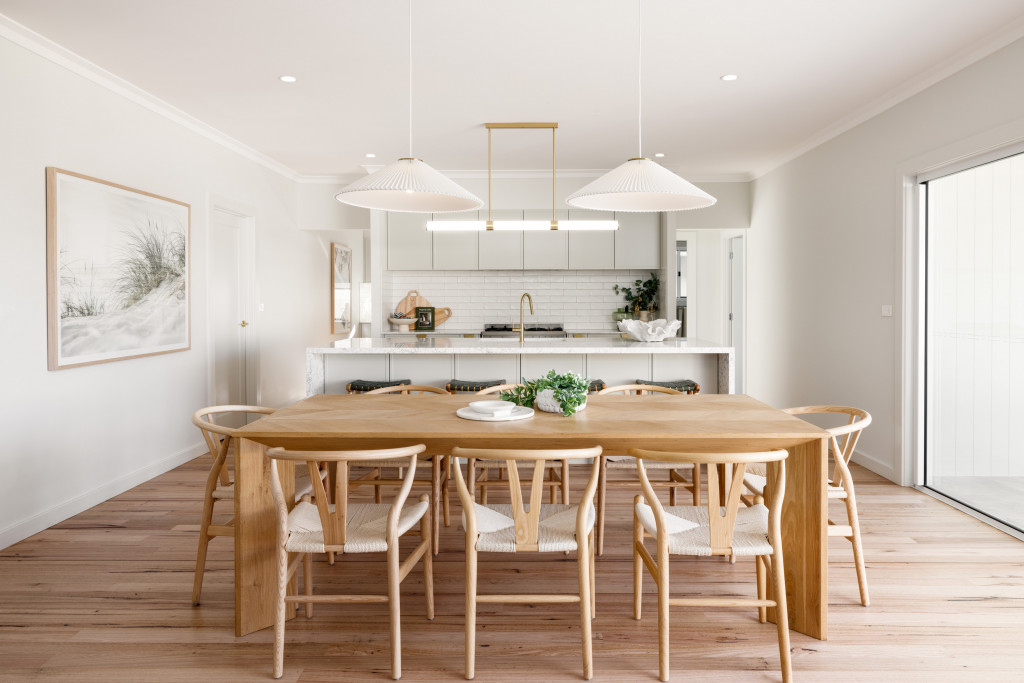
Want to design a sustainable home?
G.J. Gardner Homes has decades of experience in creating sustainable home designs customised to your lifestyle and needs. Our design experts can consult with you to bring your dream home to life in a sustainable and eco-friendly way. Get in contact today to learn more or enquire.
